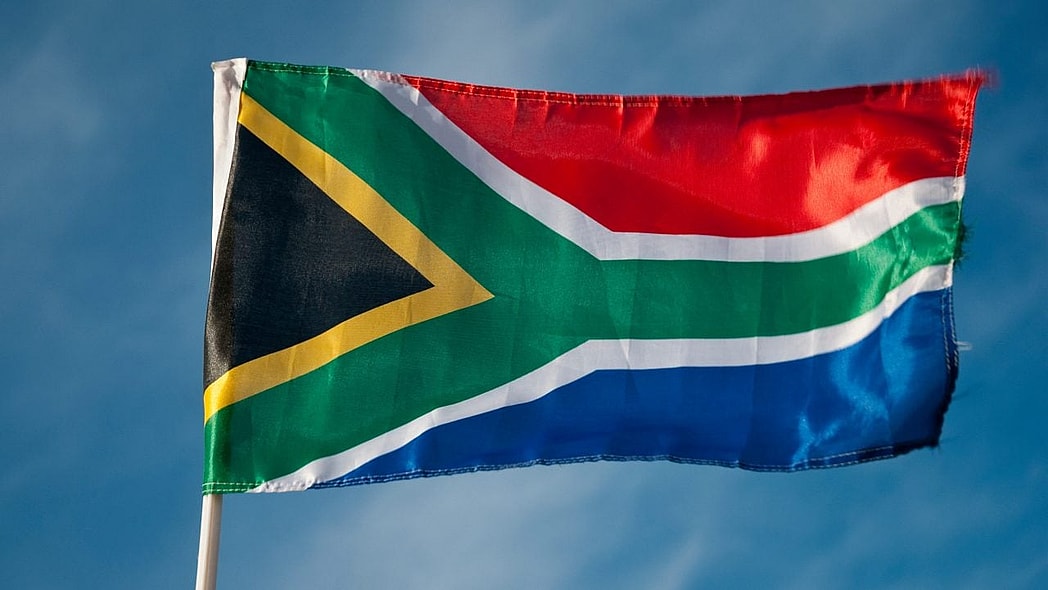Single Black women are outpacing Black men in terms of home ownership, but there are three main obstacles standing in their way.
According to CNBC, the percentage of Black women who purchased homes increased at an average yearly rate of 7.3% from October 2018 to January 2020. During the same era, Realtor.com showed that the annual growth rate of Black male buyers was only 3.4%.
The National Association of Realtors’ 2023 Snapshot of Race and Home Buying in America study indicated that single female purchasers are most prevalent among Black women, accounting for 27% of Black homebuyers. Comparatively, single women make up 24% of Asian homebuyers, 17% of white buyers, and 7% of Hispanic purchasers.

However, low-paying jobs, education debt, and mortgage eligibility tend to pose problems during Black women’s journey to home ownership.
“There are instances where Black people are buying homes, Black women are buying homes,” said Jacob Channel, a senior economist at LendingTree. “That doesn’t mean that it’s easy for them and that doesn’t mean that it’s not being made unnecessarily difficult by certain societal hurdles that stand in the way, that should not exist.”
Black women are getting more educated, but this also increases the likelihood that they will have student loans. Compared to other female borrowers, Black women had the most undergraduate student loan debt, with an average of $41,466.05 a year after graduation, per Bankrate.
Lenders consider amounts owed on student loans when determining mortgage eligibility, which could make it more challenging for potential homebuyers to qualify for a mortgage or save for a downpayment.
Recommended Stories
Latinas and Black women are also disproportionately represented in low-paying occupations like childcare and hospitality, which Sarah Hassmer, director of housing justice at the National Women’s Law Center, called “vastly undervalued but critical to our economy.”
According to the U.S. Bureau of Labor Statistics, the average hourly wage of a childcare worker in 2022 was $13.71, or $28,520 annually.
“That makes it very hard to afford a down payment,” said Hassmer, “which is one of the biggest obstacles to afford a home.”
Channel stated that lending requirements were looser in the early 2000s than they are now. According to CNBC, a previous National Women’s Law Center survey indicated that single Black women were less likely to be homeowners in 2021 than in 2007.
People who obtained a mortgage before the Great Recession frequently did not fare well, with the survey discovering that women of color were disproportionately represented in foreclosures after the housing market collapse and that banks were more likely to give high-cost mortgages to Black women.
Hassmer said Black women had a 256% higher chance of having a subprime mortgage during the Great Recession than white male borrowers in comparable financial situations.
“I think it’s demonstrably true if you’re a Black woman in America, you’re probably going to have a harsh time buying a house in many circumstances,” said Channel, CNBC reported.
Never miss a beat: Get our daily stories straight to your inbox with theGrio’s newsletter.









